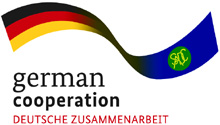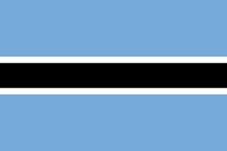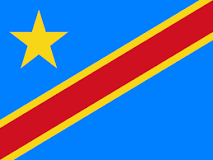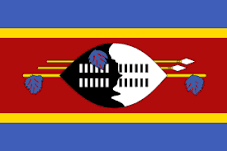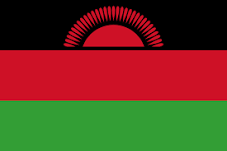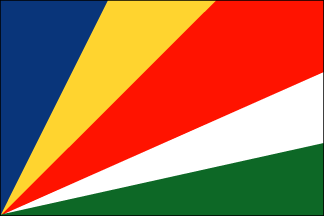South Africa

The Republic of South Africa occupies the southernmost part of the African continent stretching from the Limpopo River in the north to Cape Agulhas in the south. Covering an area of 1,219,090 km², the country shares borders with Namibia, Botswana and Zimbabwe in the north, and with Swaziland and Mozambique in the north east. It also entirely surrounds the Kingdom of Lesotho. To the west, south and east, South Africa borders the Atlantic and southern Indian oceans. The country’s coastline covers some 2,968 km.
The GDP for agriculture, forestry and fisheries has shown significant fluctuation during the period 2003-2009. In recent years the contribution of Agriculture to the GDP has remained between 2% and 3% in recent years, and has been gradually declining, signalling a more secondary- and tertiary sector-oriented economy for South Africa. Historically, agriculture, forestry and fishing accounted for approximately 15% of GDP in the 1950s and 10% in the 1960s. Although there has been a decline in the direct contribution of agriculture, forestry and fishing to the economy, forward and backward linkages with other sectors also comprise an important indirect contribution to the economy. Despite the farming industry's declining share of the GDP, it remains vital to the economy, development, and stability of the Southern African region. South Africa has been a net exporter of agricultural products since 1990.











